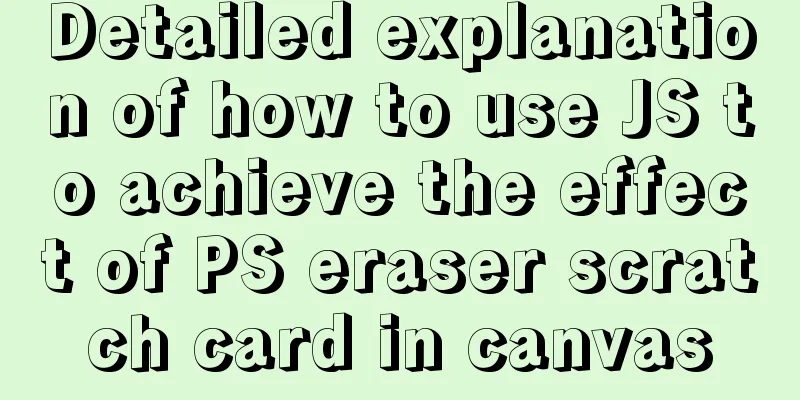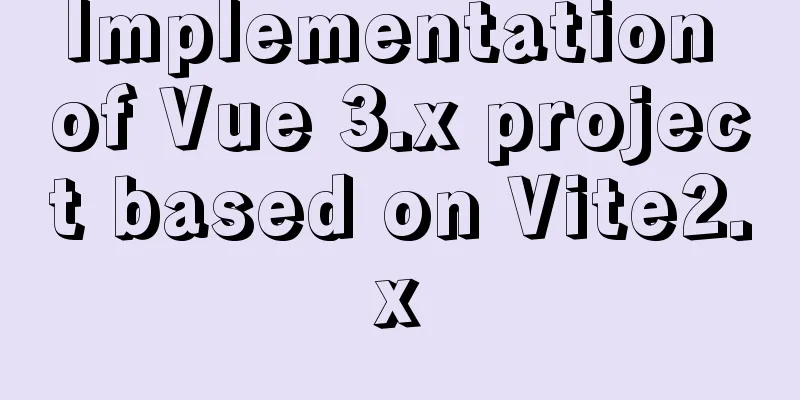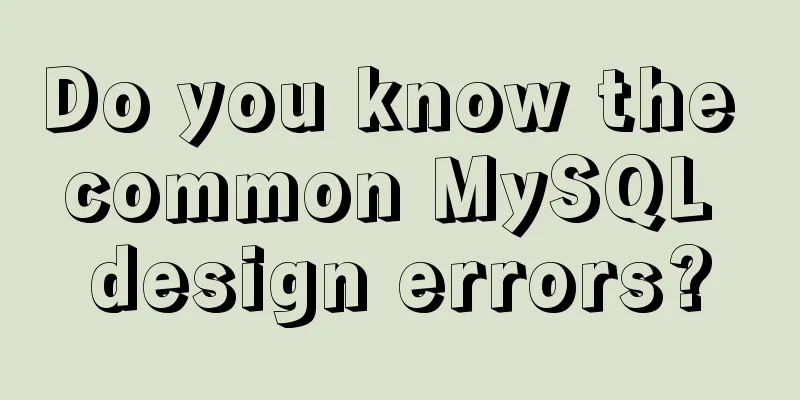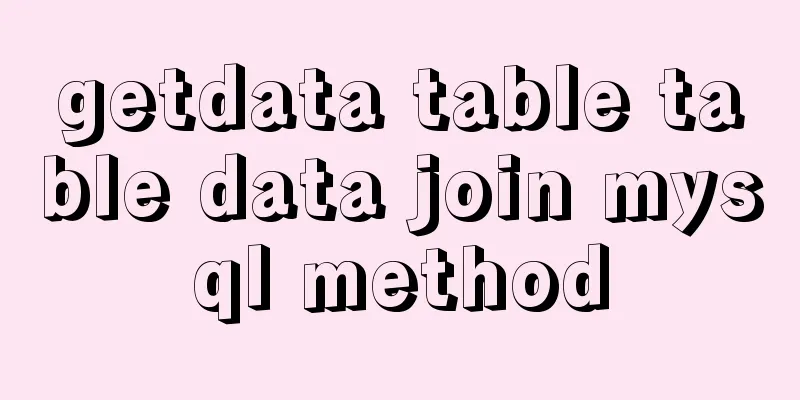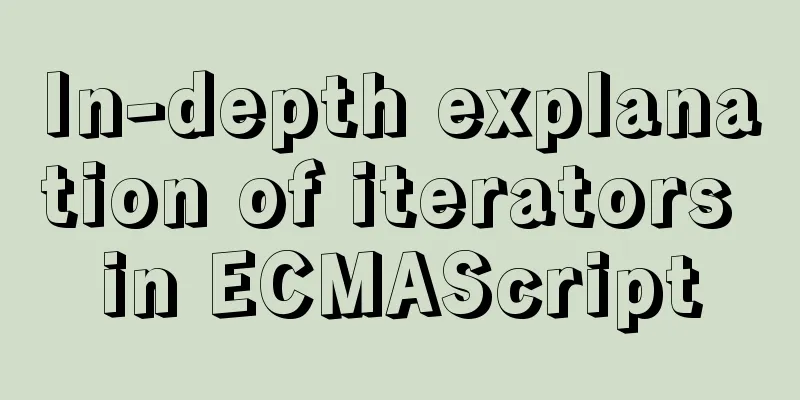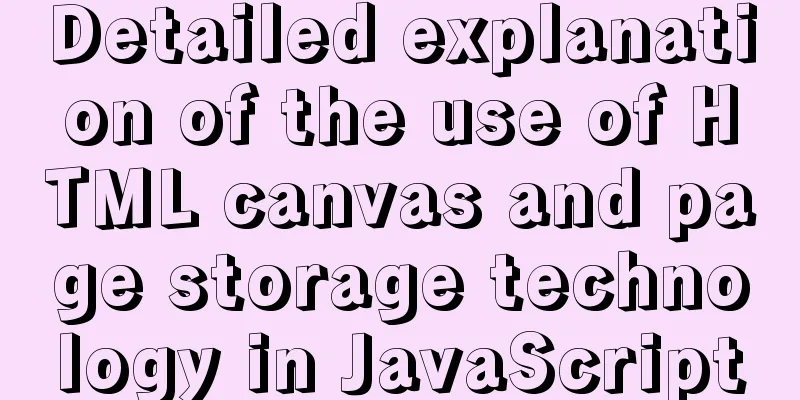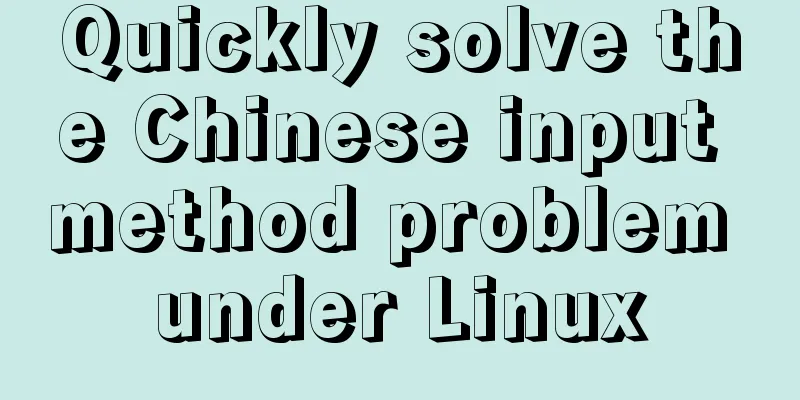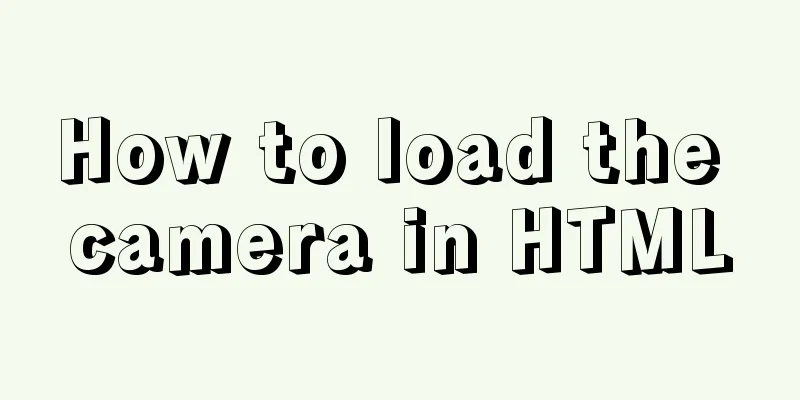Common interview questions and answers for web designer positions
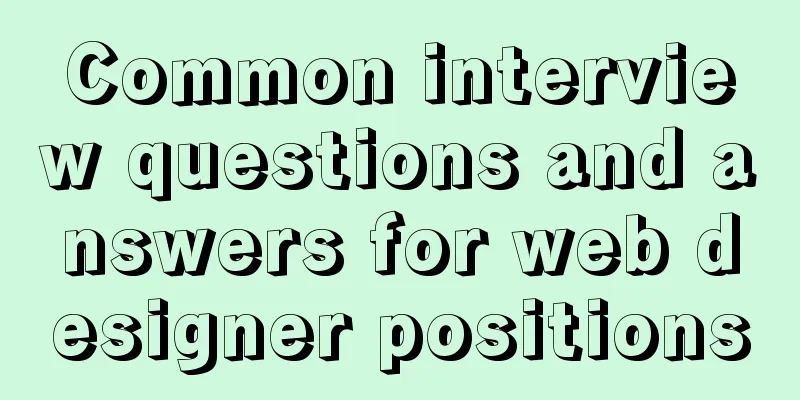
|
1. What are the templates for ASP.NET Web applications? What are the differences between them? 【answer】 The templates are divided into four categories: ASP.NET Website, ASP.NET Web Service, Personal Website Starter Kit, and Empty Website. ASP.NET website, also known as Web application, includes four categories: file system site, local IIS site, FTP site and remote site. Use the "Location" in Figure 11-1 in Chapter 11 to select different site types. ASP.NET Web Service is a service provided by the server. The server provides some methods that can be directly called by other clients on any operating platform on the Internet, regardless of the language in which these methods are written. The Personal Website Starter Kit is a pre-created personal website that includes a homepage, summary, photo gallery, etc. You can add your own content or pages on this basis. Empty Website_When creating, just create a blank project without any files or pages. You can add various resource files you need to it. 2. What is a synchronous website? Complete Example 11-2 on the computer to understand its meaning. 【answer】 Synchronizing websites is the process of copying the latest version of each file between the local website and the remote website using the Copy Website tool so that both websites have the same copy of all files. 3. What is the meaning of HTML? What tags make up its main body? 【answer】 HTML, which stands for Hyper Text Markup Language, is the most basic element of web pages. The content between the tag and composes the main body of HTML. All content in the web page, including text, graphics, links and other page elements, are contained in the tag. 4. What is the difference between the symbols br and p? 【answer】 The tags br and p can both be used to break lines, but there is a difference between them. The <br> tag forces the current line to be interrupted and a new line to be started, but the new line maintains the same properties as the original line, that is, the new line and the original line belong to the same paragraph, and the <p> tag starts a new paragraph when the line is broken; the <br> tag has no corresponding end tag </br>, and the <p> tag must be used in conjunction with </p> and cannot be omitted </p>. 5. What is URL? What is its function? How many types are there? What are the differences? 【answer】 URL is a uniform resource locator, which is used to locate file information on the Web. URLs can be absolute or relative. An absolute URL refers to a complete resource address, in the form of: protocol name://computer domain name/path and file name. In general, you should use absolute URLs when specifying external Internet resources. A relative URL is a path to a resource relative to the current page. When using a relative URL, a dot "." and double dots ".." are generally used to represent the current directory and the parent directory (parent directory). When creating a website, use relative URLs as long as the relative locations of the site's resources remain unchanged. 6. Try to draw a table with the following code . 【answer】  Table 7 obtained from Question 6 illustrates the role of the middle layer in web design. 【answer】 Layer, that is, DIV tag, is a block-level HTML tag. Paragraphs, tables, pictures and other contents can be added between the tags, so that the elements in the same DIV tag have the same style and can appear, move and hide at the same time when the page is displayed. Its main functions are as follows: (1) Organize some markup elements and apply DIV attributes to define a unified style for these markup elements; (2) Use its z-index attribute to achieve the overlapping display effect of elements on the page; (3) Display more special effects on the page. 8. What is the purpose of a master page? 【answer】 The extension of the master page is ".master", which is equivalent to the template of the web page. In other web pages, as long as the master page is referenced, the master page's page can be automatically displayed. The designer can modify the reserved part of the referenced master page, and the other parts remain unchanged. In this way, the style of multiple pages can be kept consistent, which greatly facilitates web design. 9. What does CSS mean? Why should we use CSS technology in web page production? 【answer】 CSS (Cascading Style Sheets), also known as cascading style sheets, is used to control the appearance of one or more elements in a web page. In web page production, the use of style sheets can reduce a lot of repeated setting work for elements with the same appearance, thus greatly facilitating the design and maintenance of web pages; the specific application is: changing the definition of the display style of an element in a style sheet, the display style of the corresponding element in all web pages using the style sheet will automatically change. 10. What are the style setting methods in web page production? What are the characteristics of each? 【answer】 There are three ways to create a web page: inline style setting, direct embedded style setting, and external link style setting. 1) Inline style setting: Setting method: directly modify the style attribute in each tag element whose style is to be set; Advantages: intuitive and convenient; Disadvantages: not easy to maintain and modify; Applicable to: style definitions of individual elements that need to be modified on a web page; 2) Direct embedded style setting: Setting method: Add <style></style> definition between <head></head> of HTML document, <style></style> The first part contains the attributes for all elements that need to be styled. Advantages: It is convenient to modify and maintain the styles of all elements in the current page; Disadvantages: For website construction, it is troublesome to use the same style settings; Applicable to: style definition of a single web page; 3) External link style setting: Setting method: Put all style definitions in a separate file. For any web page that needs to use the style specified in this file, just add a link to the style file between its <head> and </head>: <link type="text/css" href="MyStyle1.css" rel="Stylesheet" /> That's it; Applicable to: website construction that requires a unified display style. 11. What is the difference between user-defined classes and IDs when defining and using them? 【answer】 When defining, a class starts with a period “.”, and an ID starts with a #. When used, a class can be referenced by multiple different elements on a page, while an ID can only be referenced once on a page. 12. The style definition is as follows. Please describe the display result and give corresponding explanation . Style sheet file StyleExercise.css: Here are the quotes: Copy code The code is as follows:body { background-color:#ccccff; } p { color:Blue; font-size:30px; } h1 { color:Yellow; font-size:medium; } pa { color :Orange; font-size:40px; } HTML file: Here are the quotes: Copy code The code is as follows:<head> <title>Style homework exercise</title> <link type="text/css" rel=Stylesheet href=StyleExercise.css /> <style> h1{color:red;} .first{background-color:black;} </style> </head> <body> <h1 style="color:brown;">Title 1</h1> <h1 class=first>Title 2</h1> <p style="font-size:20px;">Text</p> <p>This is a <a href=<a href="https://www.jb51.net">https://www.jb51.net</a>>link</a> demonstration. </p> <a href=<a href="https://www.jb51.net">https://www.jb51.net</a>>Another link</a> </body> 1) The first use of P, H1~H6 tags are displayed in red "40px" font size; 2) When the hyperlink is not selected, it is displayed in blue font; when the mouse moves over it, it is displayed in orange font 1.5 times the original font size; when the hyperlink is clicked, it is displayed in dark red font; 3) All P-marked contents are displayed in list form; 4) Text is allowed to appear on both the left and right sides of the inserted image; 5) Use a background image and tile it across the entire page in both directions. 【answer】 This HTML page is linked to the style sheet file, and the background color is "#ccccff" when displayed; "Title 1": All three style definition methods are used. Finally, according to the principle of proximity, it is displayed in the color "brown" defined by the inline style and the font size "medium" defined by the externally linked style sheet file; "Heading 2": uses external link and directly embedded style definitions, and is displayed in the color "red" defined by the directly embedded definition, the background color "black" defined by the class .first, and the font size "medium" defined by the external link style; "Text": uses both externally linked and inline style definitions, and is displayed with the inline-defined font size of "20px" and the externally linked style definition color of "blue"; "This is a demonstration of...": the style definition of the external link is used, and it is displayed in the color "blue" and the font size "30px". The word "link" uses the style definition containing the selector, and is displayed in the color "orange" and the font size "40px" defined in the style sheet; "Another link": No style defined, displayed in default way. 1) The first use of P, H1~H6 tags are displayed in red "40px" font size; 2) When the hyperlink is not selected, it is displayed in blue font; when the mouse moves over it, it is displayed in orange font 1.5 times the original font size; when the hyperlink is clicked, it is displayed in dark red font; 3) All P-marked contents are displayed in list form; 4) Text is allowed to appear on both the left and right sides of the inserted image; 5) Use a background image and tile it across the entire page in both directions. 13. What is a scripting language? What are the popular scripting languages? What are the main differences? 【answer】 Scripting language is a language between HTML language and programming languages such as C++ and Visual Basic. It may be closer to the latter in form and function, but it is not an application development language, so the grammatical rules are not so strict and complicated, and it does not require compilation. Currently popular browser scripting languages include: ECMAScript, Jscript, JavaScript, VBScript, etc. VBScript is a subset of Visual Basic that is specifically designed to work in a browser. It does not include some features outside the scope of scripting, such as file access and printing. It is based on Microsoft's Visual Basic language. Currently, only Microsoft Internet Explorer version 3 or higher supports VBScript. Netscape browsers do not support VBScript. JScript is derived from a group of programming languages such as C, C++ and Java. It is an interpreted scripting language that Microsoft began to implement in its Internet Explore 3.0 browser. Jscript originated from the JavaScript document published by Netscape, but it does not have all the features of JavaScript. JavaScript is based on SUN's JAVA language and is used to create dynamic online applications that can connect client-side and server-side objects and resources together. Microsoft Internet Explorer and Netscape Navigator both support JavaScript. 14. Design an ASP.NET Web application that requires scrolling from bottom to top to display a row of information. 【answer】 1) Create a new Web application and add <MARQUEE></MARQUEE> to the Source view of the Default.aspx page. 2) Switch to the [Design] view, adjust the size and position of the control, and then enter the display content in the control, such as "Welcome to the MARQUEE control exercise." 3) Change the [behavior] property of the control to [scroll]. 4) Change the [direction] property of the control to [up]. 15. Find information and learn how to use background music, modal dialog boxes, and non-modal dialog boxes. What is the difference between modal dialog boxes and non-modal dialog boxes? 【answer】 You can use bgsound to play background music, for example The format of a modal dialog box is: window.showModalDialog(sURL[,vArguments][,sFeatures]) Used to create a modal dialog box that displays the specified HTML document. sURL is a string used to specify the HTML document; vArguments specifies the parameters used when displaying the document; sFeatures is used to specify the parameter values of the form. For example: Here are the quotes: Copy code The code is as follows:<script>window.showModalDialog('test1.htm','Dialog Arguments Value', 'dialogHeight: 341px; dialogWidth: 656px; dialogTop: 86px; dialogLeft: 100px; edge: Raised; center: Yes; help: Yes; resizable: Yes; status: Yes;');</script> The format of a modeless dialog box is: window.showModelessDialog(sURL[,vArguments][,sFeatures]) The parameter meaning is the same as the modal dialog box. For example: Here are the quotes: Copy code The code is as follows:<script>window.showModelssDialog('test1.htm','Dialog Arguments Value', 'dialogHeight: 341px; dialogWidth: 656px; dialogTop: 86px; dialogLeft: 100px; edge: Raised; center: Yes; help: Yes; resizable: Yes; status: Yes;');</script> |
<<: Detailed explanation of HTML body tag and commonly used control tags in HTML
>>: In-depth explanation of MySQL isolation level and locking mechanism
Recommend
Examples of preview functions for various types of files in vue3
Table of contents Preface 1. Preview of office do...
Detailed explanation of the solution to the Baidu https authentication prompt "Please redirect your http site 301 to the https site"
I recently wanted to convert a website to https a...
Methods and techniques for quickly displaying web page images
1. Use .gifs rather than .jpgs. GIFs are smaller ...
How to enable TLS and CA authentication in Docker
Table of contents 1. Generate a certificate 2. En...
Summary of MySQL database and table sharding
During project development, our database data is ...
HTML form tag tutorial (1):
Forms are a major external form for implementing ...
Detailed explanation of Docker data backup and recovery process
The data backup operation is very easy. Execute t...
How to use mysqldump for full and point-in-time backups
Mysqldump is used for logical backup in MySQL. Al...
Comparative Analysis of MySQL Binlog Log Processing Tools
Table of contents Canal Maxwell Databus Alibaba C...
Summary of important components of MySQL InnoDB
Innodb includes the following components 1. innod...
Detailed explanation of Vue's self-implementation of dispatch and broadcast (dispatch and broadcast)
Problem to be solved Mainly for cross-level commu...
What to do if the online MySQL auto-increment ID is exhausted
Table of contents Table definition auto-increment...
Implementing image fragmentation loading function based on HTML code
Today we will implement a fragmented image loadin...
How to install the standalone version of spark in linux environment without using hadoop
Big data continues to heat up, and if you are not...
Front-end JavaScript thoroughly understands function currying
Table of contents 1. What is currying 2. Uses of ...
